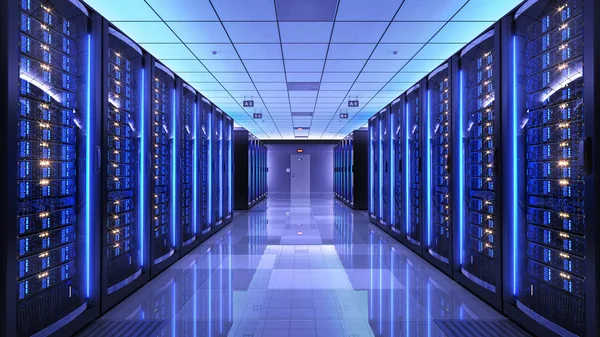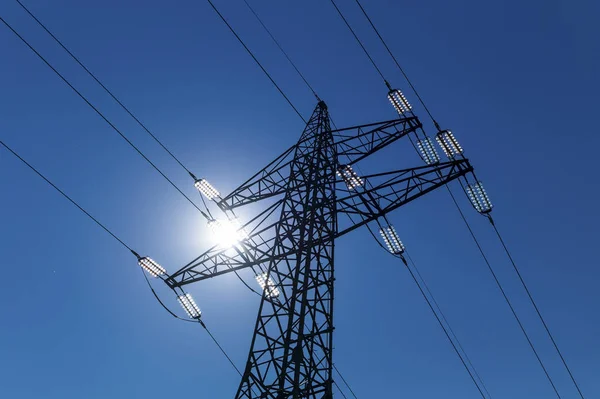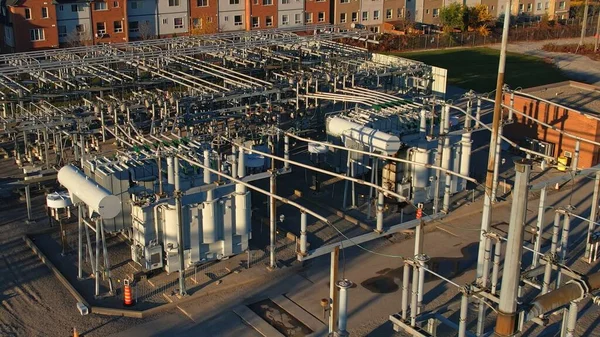
Electricity bills in parts of the United States are rising at rates outpacing inflation, and in some regions, the surge is directly tied to the explosive growth of artificial intelligence data centers. The political and economic consequences are converging: voter backlash is reshaping election outcomes, while Wall Street grapples with fears of an AI-driven stock bubble.

1. AI Data Centers’ Outsized Energy Demands
According to the International Energy Agency, a typical AI data center can consume as much electricity as 100,000 homes, with some facilities requiring more power than entire cities like Pittsburgh or New Orleans. The U.S. Department of Energy’s 2024 report found that data centers accounted for 176 TWh of electricity in 20234.4% of total U.S. consumptionand could reach between 6.7% and 12% by 2028. Hyperscale complexes, often housing tens of thousands of servers, demand vast amounts of continuous power, straining regional grids and driving wholesale electricity prices sharply higher.

2. Political Flashpoints in High-Growth States
Virginia, home to the nation’s highest concentration of data centers, saw power prices climb 13% in the past year. In Georgia, monthly bills for Georgia Power customers have risen six times in two years, now averaging $175. Democratic candidates in both states campaigned on promises to ensure data centers pay their share of infrastructure costs. In Georgia, proposals to add 10 GW of capacity at a cost of $16 billion80% driven by data center demandhave ignited protests and legislative action to shield ratepayers.

3. The $4.3 Billion Grid Connection Burden
An analysis across seven PJM Interconnection states revealed $4.3 billion in 2024 costs for connecting data centers to the grid, often involving new transformers and high-voltage lines. Under outdated rules, these costs are spread across all customers, meaning households subsidize infrastructure for some of the wealthiest corporations. Individual connections can run between $25 million and $100 million, and without reform, the burden will continue to grow.

4. Wholesale Market Pressures and Capacity Auctions
PJM’s capacity prices for 2026–2027 rose to $16.1 billion, adding another 5% to bills for 65 million people. Data center demand and gas plant reliability issues were key drivers. In Columbus, Ohioa growing data center hubaverage residential bills are set to rise by $27 a month. Transmission upgrades have shown they can lower capacity prices, as in Virginia, where increased import limits cut rates from $444/MW-day to $329/MW-day.

5. Engineering Solutions for Grid Resilience
The DOE is advancing technologies to make data centers grid assets rather than burdens. Strategies include onsite generation and storage, reusing retired coal plant infrastructure, and deploying advanced cooling and efficient semiconductor designs. Grid hardening measuressuch as undergrounding lines, replacing wood poles with composite materials, and integrating advanced conductorscan reduce outage risks and wildfire hazards. Distributed generation, community microgrids, and long-duration storage can help meet peak demand without overloading transmission systems.

6. AI Market Concentration Risks
On Wall Street, concerns mirror those in the energy sector. Lisa Shalett of Morgan Stanley noted that 75% of S&P 500 gains, 80% of profits, and 90% of capital expenditure in recent years are tied to data center growth. JPMorgan’s Mary Callahan Erdoes warned of “a little too much concentration” in AI stocks. Michael Burry’s short position against Palantir triggered a 10% drop in its share price, underscoring market sensitivity.

7. Legislative and Regulatory Responses
States are moving to protect ratepayers. Ohio regulators now require new data centers to pay for at least 85% of their contracted energy, even if unused. Pennsylvania is considering a separate rate class for high-load facilities. In Georgia, Senate Bill 34 would prohibit raising residential rates to cover data center costs, complementing new PSC rules mandating 15-year contracts and upfront collateral from large customers. PJM is drafting policies to prioritize data centers that bring their own generation capacity and to clarify blackout protocols.

8. Climate and Infrastructure Strain
Extreme weather compounds the challenge. Aging grid infrastructure is vulnerable to heat waves and wildfires, which can trigger public safety power shutoffs. These outages, while reducing fire risk, leave communities without cooling during dangerous temperatures. Engineering upgradessuch as advanced demand-response algorithms and expanded transmission are essential to balancing reliability, affordability, and resilience in a climate-stressed grid.

The intersection of AI’s rapid expansion, the strain on energy infrastructure, and voter sensitivity to affordability is reshaping both political strategies and investment risk calculations. The engineering challenge is clear: meet surging demand without destabilizing grids or inflating household bills, while ensuring the economic promise of AI does not collapse under its own weight.

